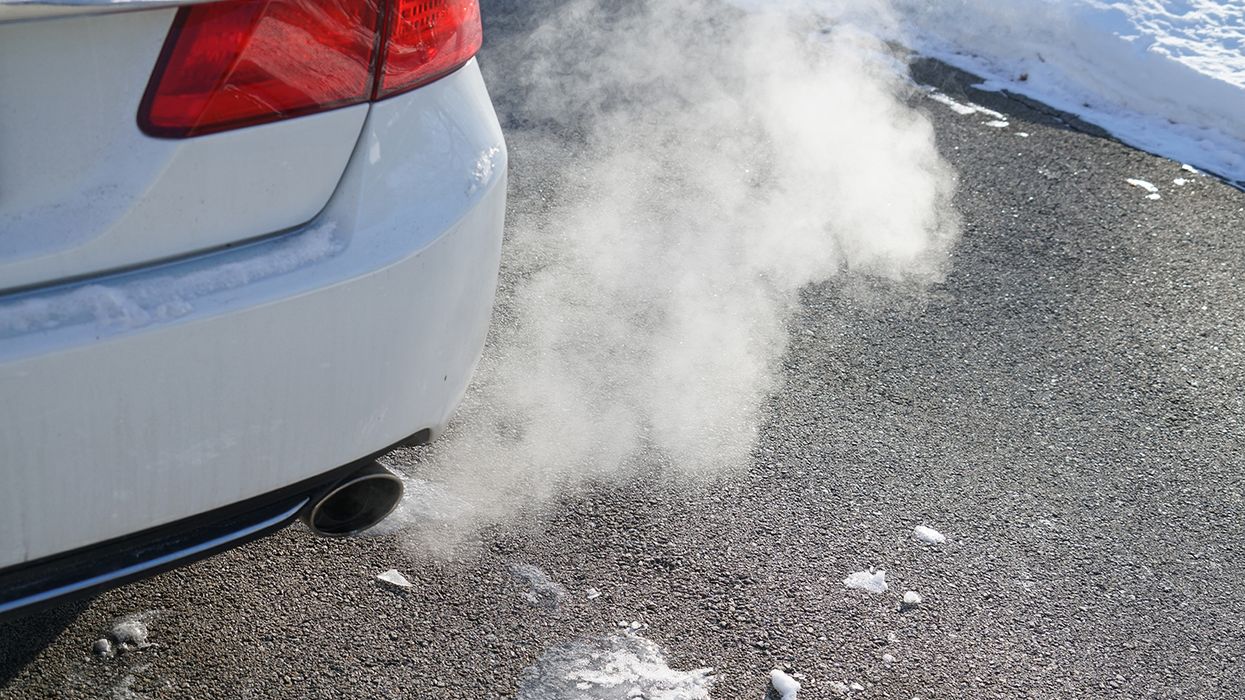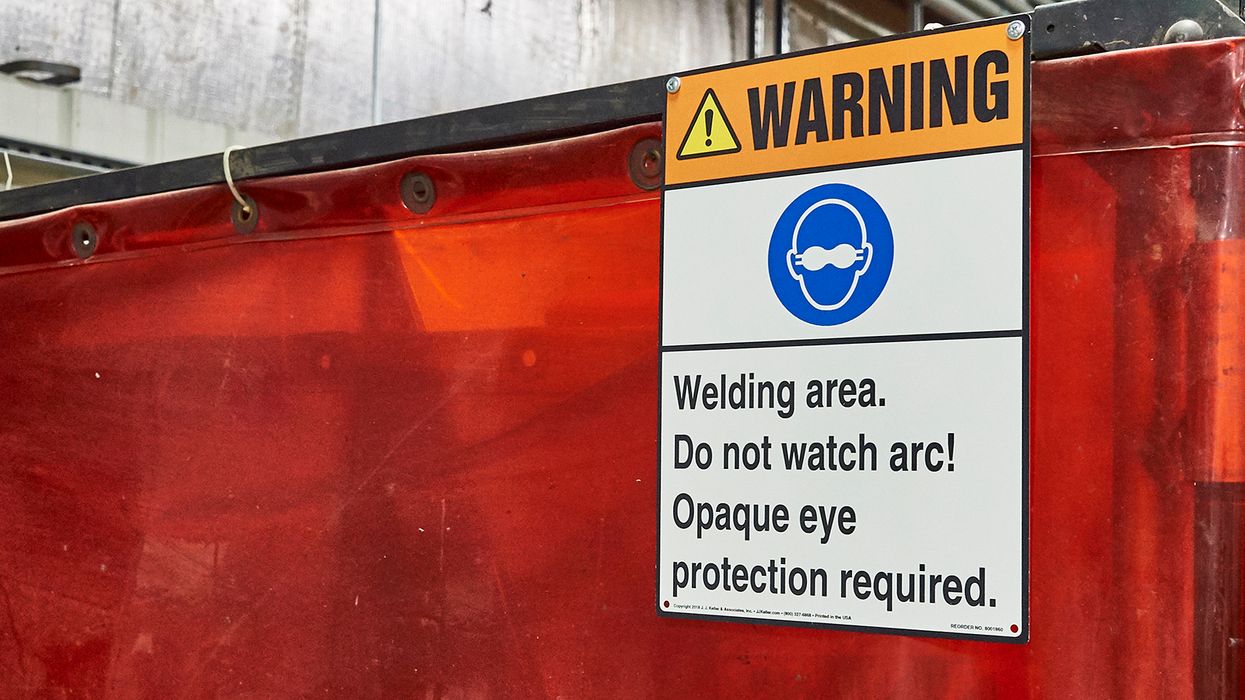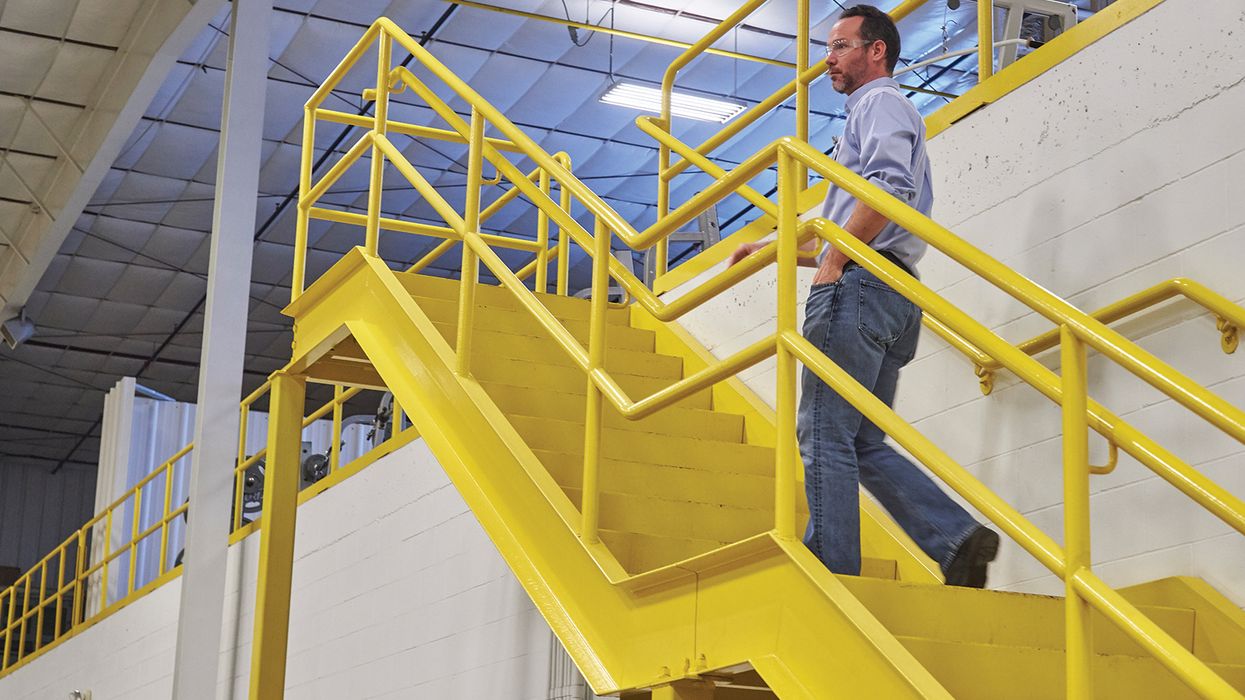OSHA’s General Duty Clause – What is it good for (and why we need it)?
Are you compliant with the General Duty Clause? In fiscal year 2023, OSHA cited organizations 780 times, amounting to penalties of over 6.7 million dollars. These numbers reinforce the need for employers to look at the workplace and assess all hazards their workers are exposed to, not just those specified in the current library of specific regulations.
What areas are commonly cited for non-compliance?
While OSHA does not have specific regulations for every potential hazard, there are certain areas where the General Duty Clause (GDC) is more often applied. The Agency has used this rule to address ergonomic hazards, inadequate training, equipment failures, and not providing safe locations or access to necessary safety equipment. More specific examples include:
- Ergonomics: Attempting to fit the worker to the job, rather than the job to the worker, can result in musculoskeletal disorders and other health issues for employees.
- Heat illness: Addressing heat-related hazards, particularly in industries where workers are exposed to extreme temperatures.
- Racking: Improperly installed or maintained racking systems can pose significant risks to workers, leading to accidents and injuries.
- Routine maintenance: Failing to maintain equipment, machinery, or facilities properly.
- Training: Insufficient training on safety requirements and hazard prevention.
How does OSHA assess compliance under the GDC?
While OSHA has an extensive range of regulations, they can't cover every possible scenario in diverse workplaces. Therefore, the GDC serves as a means for them to enforce safety measures for serious concerns that may not be explicitly addressed in existing regulations.
When citing organizations under this clause, OSHA must meet specific criteria. It is important to note that the Agency carries the burden of proof when applying this rule. To successfully cite an organization, compliance officers must show that the employer failed to keep the workplace free of a hazard to which employees were exposed by determining that:
- The hazard is recognized: OSHA must establish that the hazard in question is recognized by the employer or industry. An example of this would be referencing standards from recognized organizations such as the American National Standards Institute (ANSI) or the National Fire Protection Agency (NFPA).
- The hazard is causing or likely to cause serious harm or death: OSHA must provide evidence that the hazard poses a significant risk to the health and safety of workers.
- There is a feasible means to correct the hazard: OSHA must demonstrate that there are feasible measures available to eliminate or reduce the hazard.
How does OSHA define the GDC?
The clause extends OSHA's authority beyond specific requirements in cases where a recognized workplace hazard exists or potentially exists. It’s utilized when there’s no specific standard that applies to a recognized hazard or when additional precautions are necessary beyond current safety standards.
This rule is a topic that often raises questions and concerns among professionals in the field of compliance, safety, and risk management. However, the rule clearly defines the responsibilities of both employers and employees, including:
Employer responsibilities:
- Employers must provide their employees with a safe workplace that is free from recognized hazards.
- Employers must comply with occupational safety and health standards under the established regulatory requirements.
Employee responsibilities:
- Employees are required to follow occupational safety and health standards, as well as any rules, regulations, and orders issued by the regulations.
Key to remember: The GDC serves as a vital tool for OSHA to enforce safety standards in situations where specific regulations may not exist. Employers should take a proactive approach to identify and mitigate hazards to ensure a safe and healthful workplace and minimize the chances of getting cited.
































































